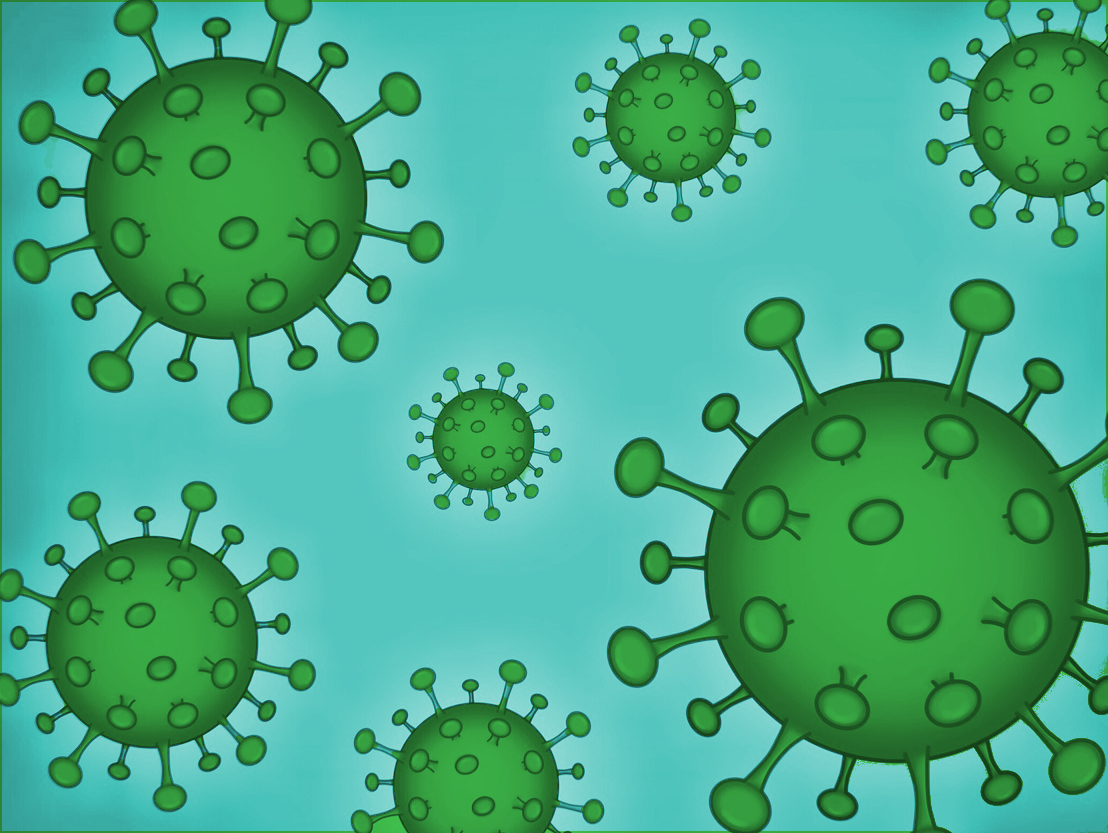The COVID-19 pandemic is caused by the coronavirus SARS-CoV-2. There can be significant differences in the infectiousness between different patients. The viral load levels of patients can be used to estimate the infectiousness over time in different patients. Samples from polymerase chain reaction (PCR) tests can be used to determine the viral loads. The total number of copies of the SARS-CoV-2 genome contained in the sample provides a rough estimate of the quantity of virus present in a patient’s upper respiratory tract.
Christian Drosten, Charité – Universitätsmedizin Berlin and German Centre for Infection Research, Berlin, both Germany, and colleagues have performed a large study of viral load levels in COVID-19 patients, which provides insights into the estimated infectiousness for different patient age groups and disease severities. The team analyzed PCR samples from more than 25,300 COVID-19 patients in Germany and determined the viral loads. For more than 4,300 of these cases, multiple sequential samples were available, which allowed the researchers to investigate the changes in viral load over time.
The team found that the average throat swab sample contains approximately 2.5 million copies of the virus’ genome in individuals aged between 20 and 65 years. In very young children, the loads were lower, starting at about 800,000 copies, a number that increases with age and approaches adult levels in older children and adolescents. However, the team points out that sample collection in children is less effective due to smaller swabs and the use of less invasive collection techniques. They estimate that when corrected for these effects, the infectiousness in children from zero to five years of age could be ca. 78 % as high as in adults, while the values for school-aged children and teenagers should approach adult numbers.
When looking at the viral loads from a disease severity standpoint, the researchers found that patients who were hospitalized at some point have higher viral loads than others over the course of the disease. However, even asymptomatic individuals can have very high viral loads. In 8 % of the samples, the team found very high viral loads of one billion copies or higher, and over a third of these potentially highly infectious individuals had no symptoms or were only mildly symptomatic.
Based on sequential samples, the team estimates that viral load levels in the throats of infected individuals peak about one to three days before the onset of symptoms. They also looked at virus variants and found that for the B.1.1.7 variant (in 1533 subjects), the average viral load was increased by a factor of ten, and the estimated infectivity was increased by a factor of 2.6. The researchers plan to continue the investigation, which could provide further useful information as new variants of SARS-CoV-2 emerge.
- Estimating infectiousness throughout SARS-CoV-2 infection course,
Terry C. Jones, Guido Biele, Barbara Mühlemann, Talitha Veith, Julia Schneider, Jörn Beheim-Schwarzbach, Tobias Bleicker, Julia Tesch, Marie Luisa Schmidt, Leif Erik Sander, Florian Kurth, Peter Menzel, Rolf Schwarzer, Marta Zuchowski, Jörg Hofmann, Andi Krumbholz, Angela Stein, Anke Edelmann, Victor Max Corman, Christian Drosten,
Science 2021.
https://doi.org/10.1126/science.abi5273
Also of Interest
- Collection: SARS-CoV-2 Virus
What we know about the new coronavirus and COVID-19




